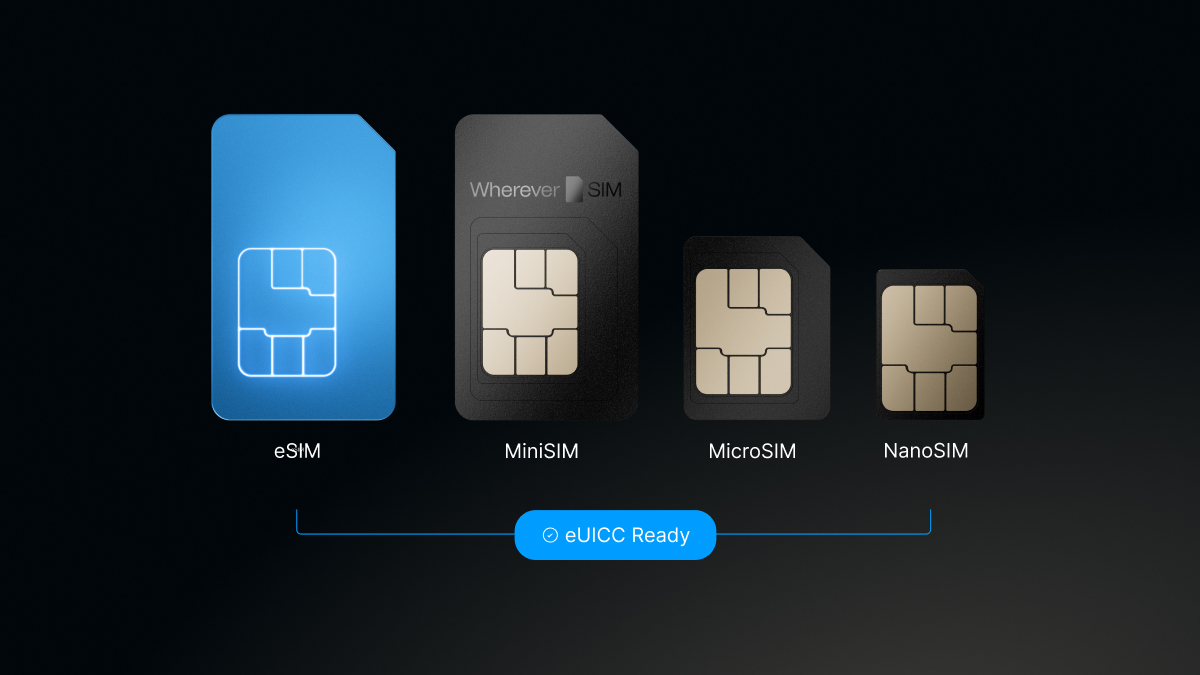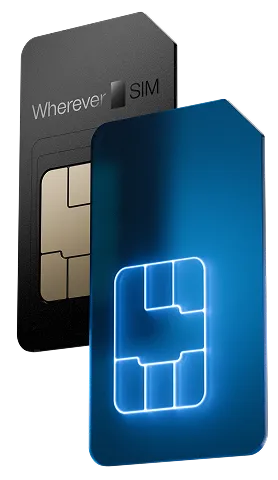Self-driving vehicles are one of the application scenarios that will be given an additional boost by a comprehensive 5G network. What sounded like a vision from a science fiction movie years ago is now being tested on the roads. This means that autonomous driving is now more of a reality than a vision. It will still be some time before cars can really drive autonomously - without a driver or other external intervention. But an important foundation for the future of automated driving is already being laid: the expansion of the 5G mobile communications standard.

Fast and reliable communication networks thanks to 5G
In order for cars, trucks or buses to be able to travel autonomously and safely in road traffic, they need vast amounts of data and information. They must be fully networked with their environment and the infrastructure in order to be able to continuously use current data for decision-making. And that in milliseconds. For this reason, safe automated driving is ultimately only possible through fast and reliable networking of all road users and systems. An indispensable component for this is the comprehensive expansion of the 5G network along federal roads, motorways and railway lines. There are applications in the field of autonomous driving that can also be realised with LTE technologies. But especially when it comes to latency and high bandwidth, there is no way around 5G technology.
Advantages of 5G for autonomous driving
With its advantages, the 5G mobile communications standard is setting a new course for the Internet of Things and automated driving. Short latency times enable fast data exchange between traffic systems and participants. Detailed road maps, special traffic situations such as broken-down vehicles, traffic jams or black ice - vehicles require constant data for safe, autonomous navigation. Based on 5G, this information will be delivered almost in real time. While LTE still achieves latency times of around 100 milliseconds, these are less than 20 milliseconds with 5G.
To ensure that data arrives really quickly, the 5G network can give it priority. In what is known as network slicing , the mobile network is divided into virtual network layers that are only used for specific purposes - such as autonomous vehicles. In this way, data is exchanged between self-driving vehicles with 5G without data competition, e.g. from the infotainment area. This ensures that safety-relevant information does not get stuck in a virtual traffic jam. After all, milliseconds are crucial when it comes to road safety.
Connected environment for connected vehicles
In addition to the vehicles themselves, the rest of the traffic infrastructure can easily be equipped to use mobile technology for communication. One scenario: appropriately equipped traffic lights can interact with autonomous vehicles via 5G and control traffic. For a better traffic flow, vehicles can increase or reduce speed in time if necessary. The use of sensors and assistance systems will become essential in many elements of the infrastructure in the context of autonomous driving. In addition to traffic lights, road signs, road works closures or road elements can also be equipped to transmit data to autonomous cars. For example, sensors can be integrated into the asphalt so that the traffic routes themselves can communicate with the vehicles.
The expansion of 5G
The nationwide availability of 5G depends primarily on the mobile network operators. For Germany, the network operators have set themselves the goal of making 5G available nationwide by 2025. In fact, there is already relatively broad coverage. However, as with other mobile communications technologies, there is still a lot of catching up to do when it comes to expanding 5G, particularly in rural areas and in eastern Germany.
The expansion of autonomous driving in Germany will therefore be significantly influenced by the speed at which network operators make 5G available. One way to use 5G independently of the individual network operator is to use network-independent M2M SIM cards.
These SIM cards are able to use different mobile networks and therefore make it easy to switch networks if there is no network coverage at the location.
More computing power at the roadside with edge computing
With 5G, data can be exchanged quickly between autonomously driving cars, infrastructure and the environment, but a high level of computing power is required to process it. This must be available quickly and reliably to ensure appropriate response times. Data transmission, processing and evaluation in remote cloud data centers takes too long in this context. One solution is therefore to install data centers along traffic routes, which instead perform calculations for intelligent traffic control. Keyword: edge computing.
This refers to decentralized data processing, including storage options and computing power, virtually directly at the user network itself. In the case of autonomous vehicles: at the roadside. Alongside 5G, edge computing is one of the key technologies for autonomous driving. According to initial estimates, data processing should never take place more than 50 kilometers away from the current location. A considerable number of small data centers would therefore be required for decentralized processing of traffic data.





